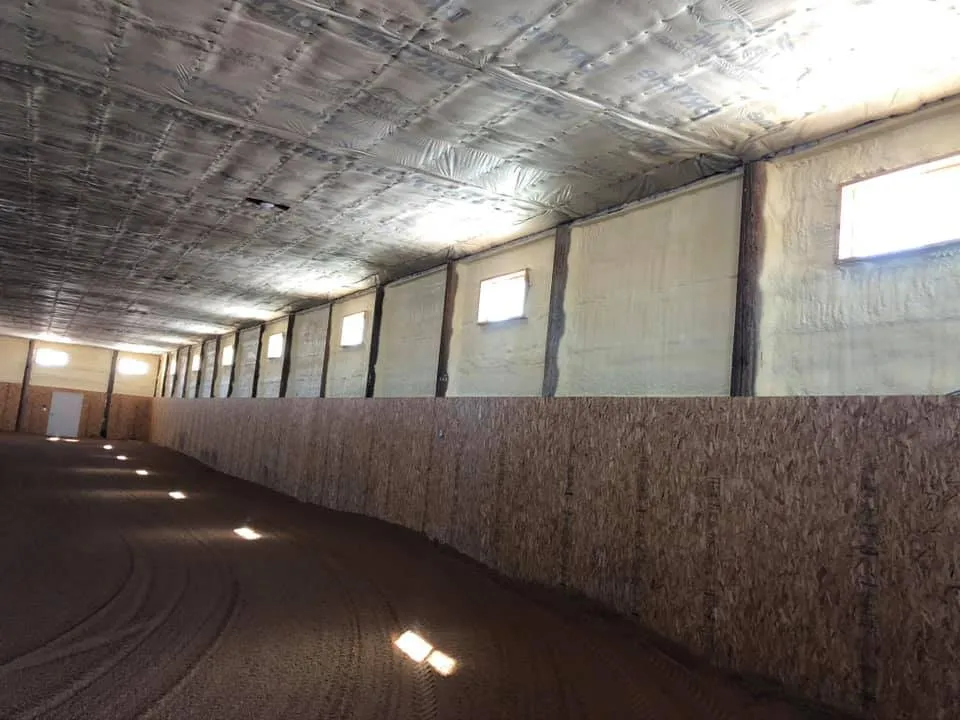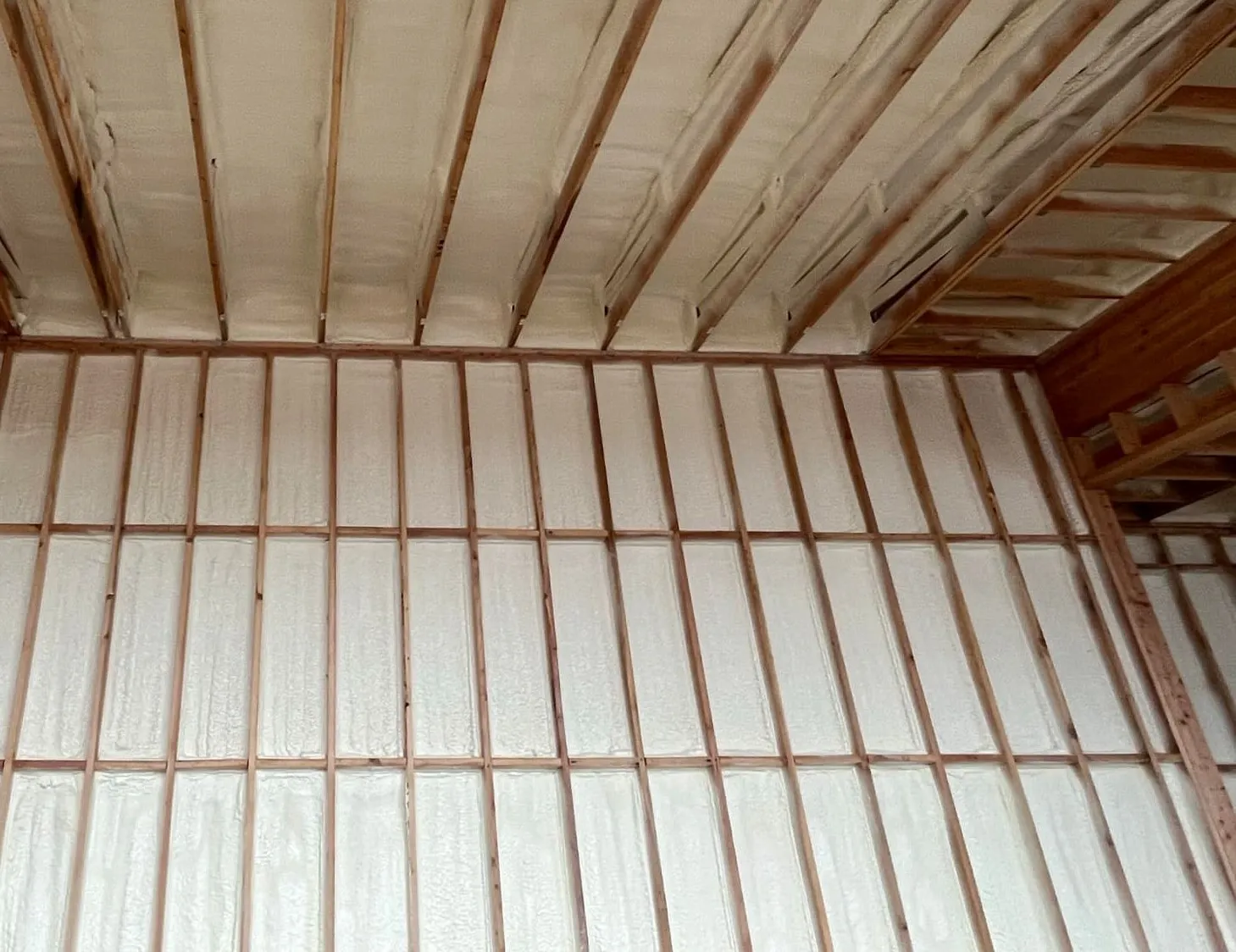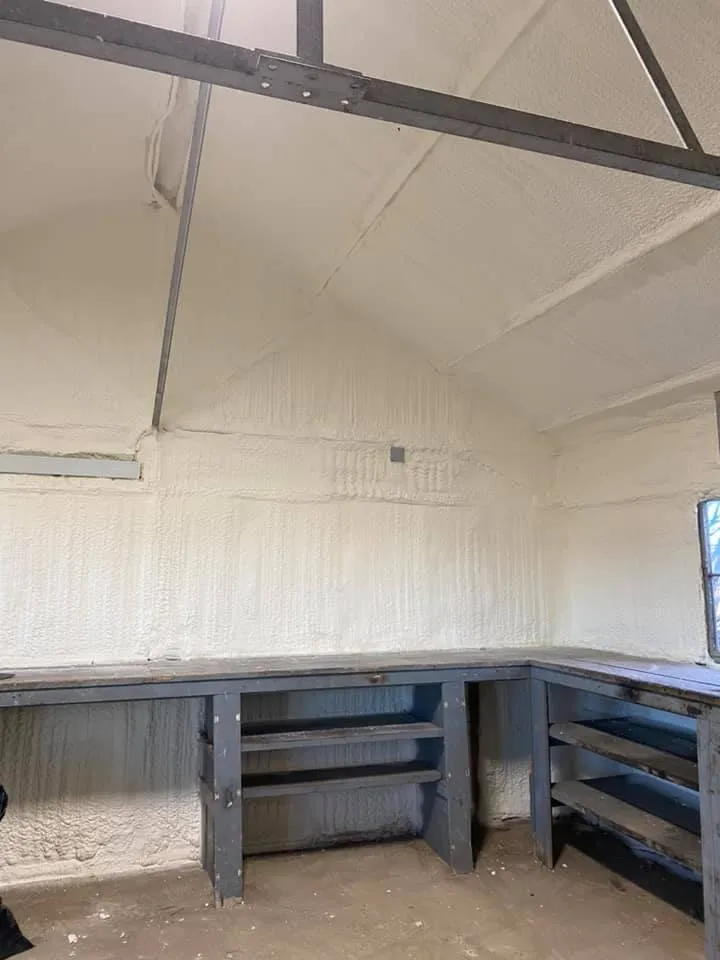

Spray foam insulation can perform effectively in Pocatello’s shifting climate patterns, provided the correct type is selected and installed under the right conditions. The region’s cold winters, warm summers, and variable humidity require insulation that can adapt to temperature swings without compromising thermal performance or moisture control.
Experience shows that closed cell spray foam offers stronger moisture resistance and higher R-value per inch, making it effective in managing winter heat loss and summer heat gain. Open cell spray foam, while less dense, provides excellent air sealing and sound dampening, which can help in areas with fluctuating seasonal winds. Both can be viable depending on building type, exposure, and existing envelope conditions.
Pocatello’s climate experiences average January lows near 15°F and July highs exceeding 85°F (NOAA, 2024). Seasonal shifts create significant thermal expansion and contraction in building materials. Spray foam’s flexibility, adhesion, and continuous seal help reduce energy loss compared to traditional insulation materials.
| Specification | Open Cell Spray Foam | Closed Cell Spray Foam |
|---|---|---|
| R-Value per inch | 3.5 – 3.8 | 6.0 – 7.0 |
| Density | ~0.5 lb/ft³ | ~2.0 lb/ft³ |
| Vapor Permeability | High | Low |
| Air Seal Effectiveness | High | High |
| Moisture Resistance | Moderate | High |
| Flexibility | High | Moderate |
| Application Temperature Range | 40°F – 100°F | 40°F – 100°F |
| Lifespan (installed correctly) | 20+ years | 20+ years |
| Feature | Spray Foam (Open Cell) | Spray Foam (Closed Cell) | Fiberglass | Mineral Wool |
|---|---|---|---|---|
| Air Infiltration Control | Excellent | Excellent | Poor | Good |
| Thermal Efficiency in Cold | Good | Excellent | Fair | Good |
| Thermal Efficiency in Heat | Good | Excellent | Fair | Good |
| Moisture Barrier Capability | Low | High | None | Moderate |
| Adaptability to Structural Movement | High | Moderate | Low | Moderate |
| Installation Disruption | Moderate | Moderate | Low | Low |
Bonus Tip: In Pocatello’s high-altitude sun exposure, UV protection on exposed spray foam is essential to prevent degradation.

Closed cell is preferable for exterior walls, basements, and moisture-prone areas. Open cell works well for interior walls and ceilings where sound control is a priority and moisture exposure is low.
Closed cell resists seasonal moisture changes, maintaining thermal performance. Open cell can allow moisture vapor to pass, which requires careful design in humid conditions.
Spray foam creates a tighter envelope, so ventilation systems may need adjustments or upgrades to ensure proper indoor air quality.
Surfaces must be clean, dry, and within the correct temperature range. Any existing leaks, moisture issues, or damaged materials must be addressed first.
Spray foam can handle Pocatello’s changing climate when the correct type is selected for the specific building conditions. Closed cell is generally better for moisture control and high-efficiency applications, while open cell offers flexibility and sound control. Correct installation and protective measures extend lifespan and performance.
For building-specific recommendations based on Pocatello’s seasonal shifts, contact High Country Solutions at [email protected] or (307) 248-9063. Their expertise ensures insulation choices align with both climate demands and long-term building performance.
Properly installed spray foam remains adhered to substrates and maintains performance during freeze-thaw cycles without cracking.
Yes, it is vapor permeable and can absorb moisture, which is why it is not recommended in high-humidity or exterior-facing cavities without vapor barriers.
Closed cell foam resists heat degradation better than open cell, but both require protective layers if exposed to direct sun.
Yes, but installation in cold weather may require substrate heating and moisture control to ensure proper curing.
It does not provide food for pests, but it will not prevent them from nesting if gaps remain in other building areas.


